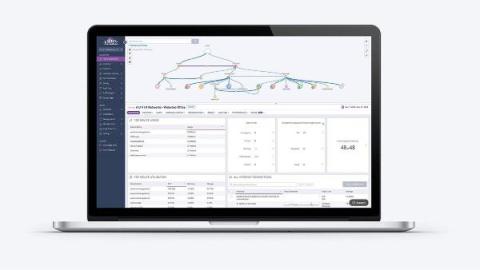Get your IT together with Auvik
At Auvik, we simplify IT management by giving you greater visibility into your network, devices, and SaaS apps. Our software helps you navigate the complexities of deploying laptops, monitoring traffic, troubleshooting issues, and more—so you can manage your infrastructure seamlessly. Let Auvik be your compass to IT success, free of friction.







